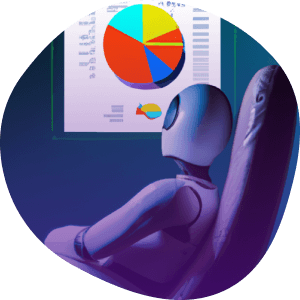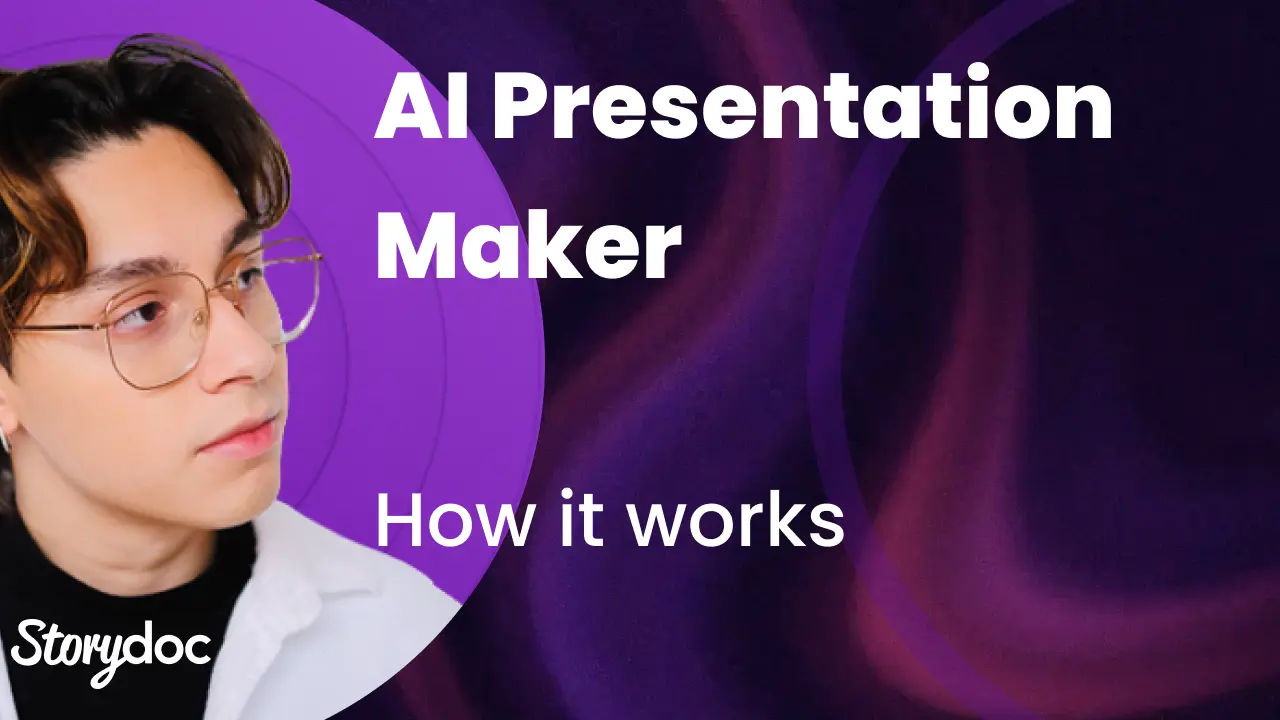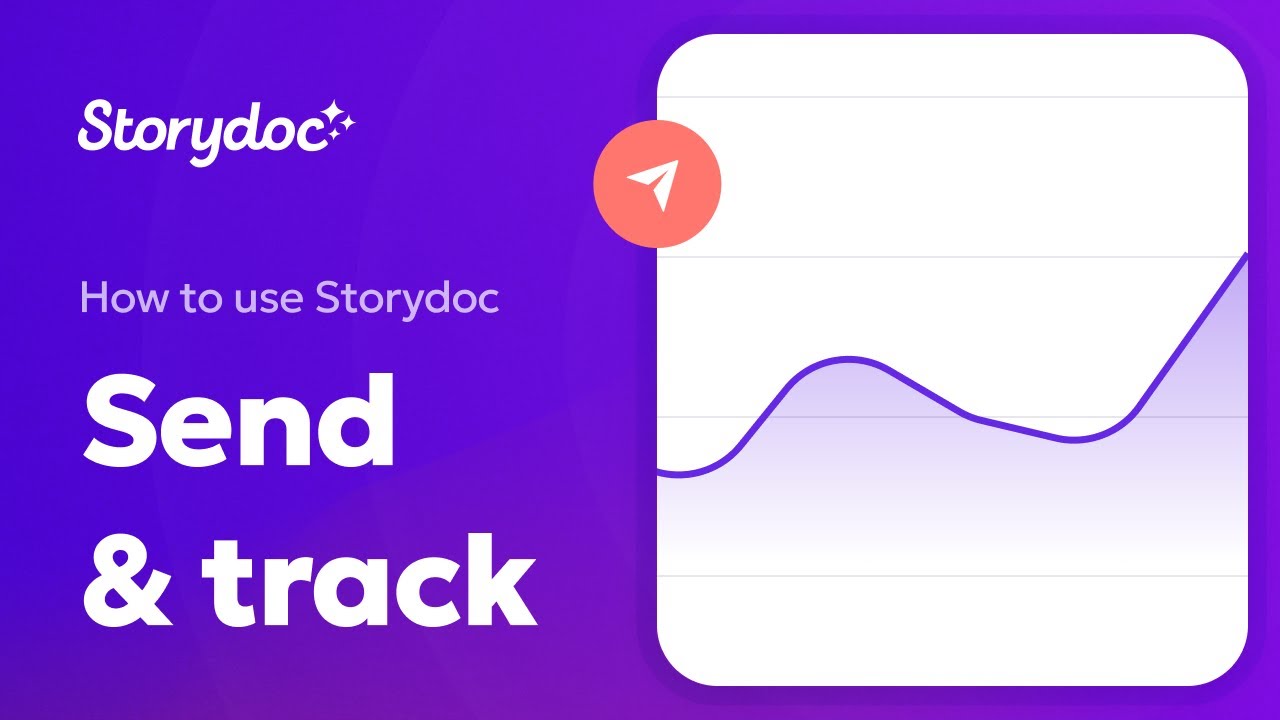How to make outstanding presentations with AI
If you're eager to incorporate AI into your presentations and leverage its benefits, here are some steps to get you started:
1) Identify your objectives
Determine the specific goals and objectives you want to achieve with your presentations.
Whether it's enhancing engagement, personalizing content, creating a marketing deck, or harnessing data-driven insights, having clarity on your objectives will guide your AI integration process.
2) Research AI-powered presentation tools
Explore the various AI-powered presentation tools available in the market. Look for tools that align with your objectives and offer the features you need, such as natural language processing, interactive capabilities, adaptive content, and data analytics.
3) Evaluate tool features and ease of use
Assess the features, functionalities, and user-friendliness of the AI-powered presentation tools you shortlist.
Consider factors such as ease of creating and editing presentations, customization options, collaboration features, and compatibility with your existing presentation software or platforms.
4) Choose a tool and familiarize yourself with it
Once you have selected a suitable AI-powered presentation tool, take the time to familiarize yourself with its interface, features, and functionalities.
Explore tutorials, user guides, and online resources provided by the tool's developers to gain a comprehensive understanding of how to make the most of the AI capabilities.
5) Experiment and practice
Start experimenting with the AI-powered features of the chosen tool.
Play around with the customization options, interactive elements, multimedia integration, and adaptive content features. Practice creating and delivering presentations using AI to gain confidence and refine your skills.
6) Seek inspiration and learn from others
Explore examples of AI-powered presentations created by other professionals. Attend webinars, workshops, or conferences that focus on AI in presentations to learn from industry experts and gain insights into best practices.
7) Collect and analyze audience feedback
As you start incorporating AI into your presentations, gather feedback from your audience.
Use surveys, polls, or interactive features within the presentation tool to collect data on audience engagement, preferences, and reactions. Analyze this data to refine and improve your future presentations.
8) Continuously update your skills
AI technology is rapidly evolving, and new tools and features are constantly being developed.
Stay updated with the latest advancements in AI-powered presentations by following industry news, joining relevant communities or forums, and engaging in continuous learning.
By following these steps, you can embark on your journey of creating impactful presentations with AI. Remember to tailor the use of AI to your specific objectives and always keep the audience at the forefront of your presentation design.
If you're ready to start making presentations with AI, there are several top technology tools available in the market that can help you harness the power of AI and enhance your communication.












